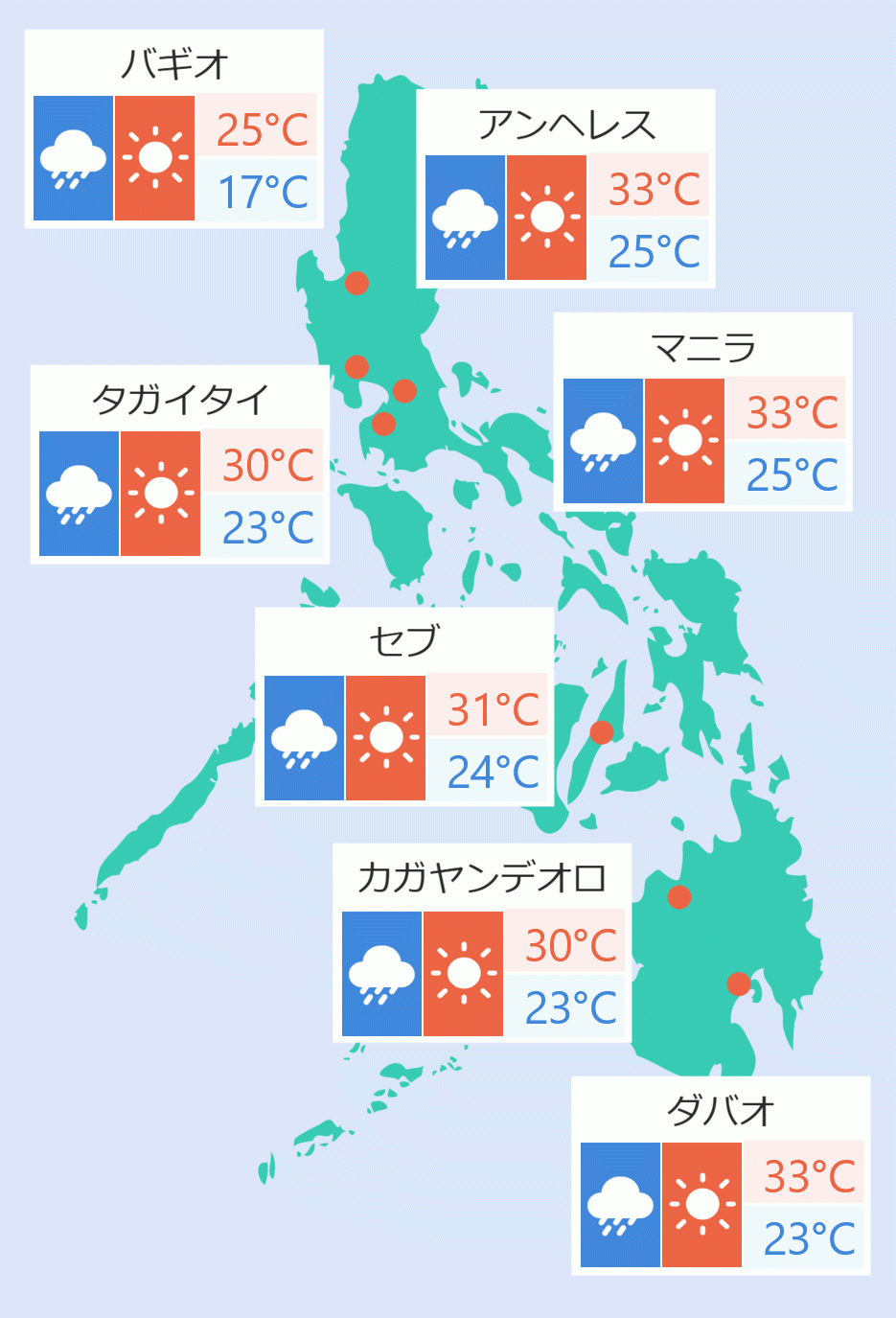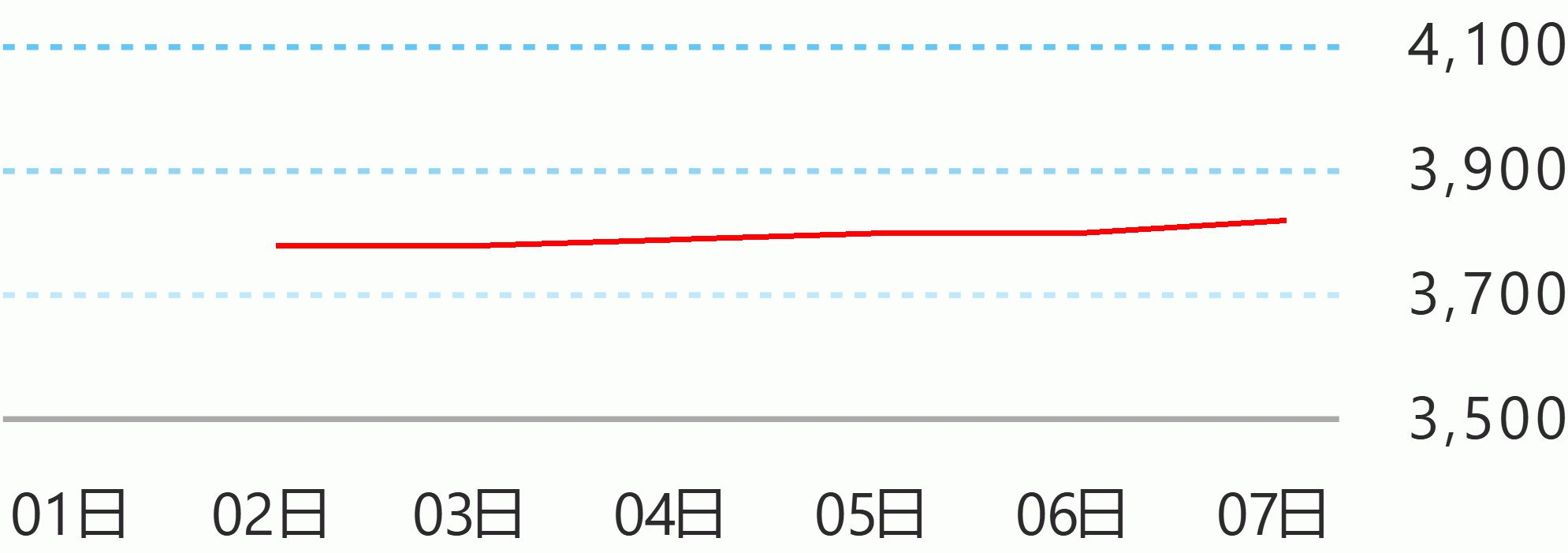OSAKA ? The Philippine Pavilion officially opened its doors at Osaka Expo 2025 on Sunday , drawing crowds eager to experience one of the Expo’s most anticipated national pavilions.
The Pavilion captivated guests with the largest collaboration of Filipino weavers assembled and a multi-sensory journey that blends traditional craftsmanship with tech-powered storytelling.
From the striking woven facade to the emotional resonance of its immersive installations, the Pavilion delivered on its promise to be visually stunning and deeply meaningful?inviting visitors to connect with the Philippines in a wholly new way.
Guests were welcomed by the Pavilion’s intricate facade, showcasing 212 indigenous fabrics from across the Philippines. While the live performance element is set to debut later this month, the handwoven panels drew admiration for their scale, detail, and symbolism.
“This facade is a statement,” said Carlo Calma, lead designer of the Pavilion. “We wanted the structure itself to breathe and move with the stories it holds. It reflects who we are as Filipinos?always in motion, always evolving, always expressive.”
Inside, visitors explored a curated space anchored by 18 handwoven art pieces, each representing a region of the country.
Another feature is “Dancing with Nature,” an interactive installation that weaves guests into the Filipino narrative. Using generative algorithms, it transforms visitors into fluttering leaves, blooming flowers, or swimming fish?symbolizing how we are all threads in the fabric of nature.
Developed in collaboration with design studio Tellart, the experience reinforces the Pavilion’s core message: that harmony, like weaving, begins with connection.
Daily live performances by artists from the Cultural Center of the Philippines bring warmth and authenticity to the Pavilion, happening five times a day and blending tradition with movement.
“We are overwhelmed and honored by the reception on Day 1,” said Maria Margarita Nograles, chief operating officer of the Tourism Promotions Board and secretary general of the Philippine Organizing Committee.
“Expo 2025 Osaka comes at a meaningful time as we mark 70 years of diplomatic relations between the Philippines and Japan,” said Ambassador Mylene Garcia-Albano. “The Pavilion goes beyond being a cultural showcase
?it’s a heartfelt expression of friendship, respect, and shared aspirations with our Japanese partners.”
“The Philippine Pavilion is our invitation for the world to connect with the heart and soul of the Filipino people and to discover the many reasons to Love the Philippines,” said Tourism Secretary Christina Garcia Frasco. “We hope to inspire travelers to explore our 7,641 islands, experience the depth of our culture, marvel at the excellence of Filipino creativity, and be moved by the stories of triumph and resilience of our communities.
''By blending the use of traditional weaving methods with innovation and technology in highlighting the diversity of our Regions and the identity of our peoples, we are bringing our message of sustainable tourism development to the fore, where tourists are introduced to meaningful experiences while our local communities benefit with sustained livelihood and employment.”
Designed with a second life in mind, the Pavilion’s key elements?including its woven facade?will be repurposed and displayed at the National Museum of the Philippines after the Expo, ensuring their legacy continues.
Soon to open are additional Pavilion experiences such as the Habi Gift Shop, Hilot Wellness Space, and Hain Takeout Counter, along with the debut of Pavilion mascot Kokoro-chan, representing the warmth and curiosity of the Filipino spirit.
“We invite the world to not only see the Philippines, but to feel it,” added COO Nograles. “From every thread on our facade to every story told inside, this Pavilion is our invitation to connect?heart to heart, culture to culture.” Department of Tourism-OPAA





 English
English









